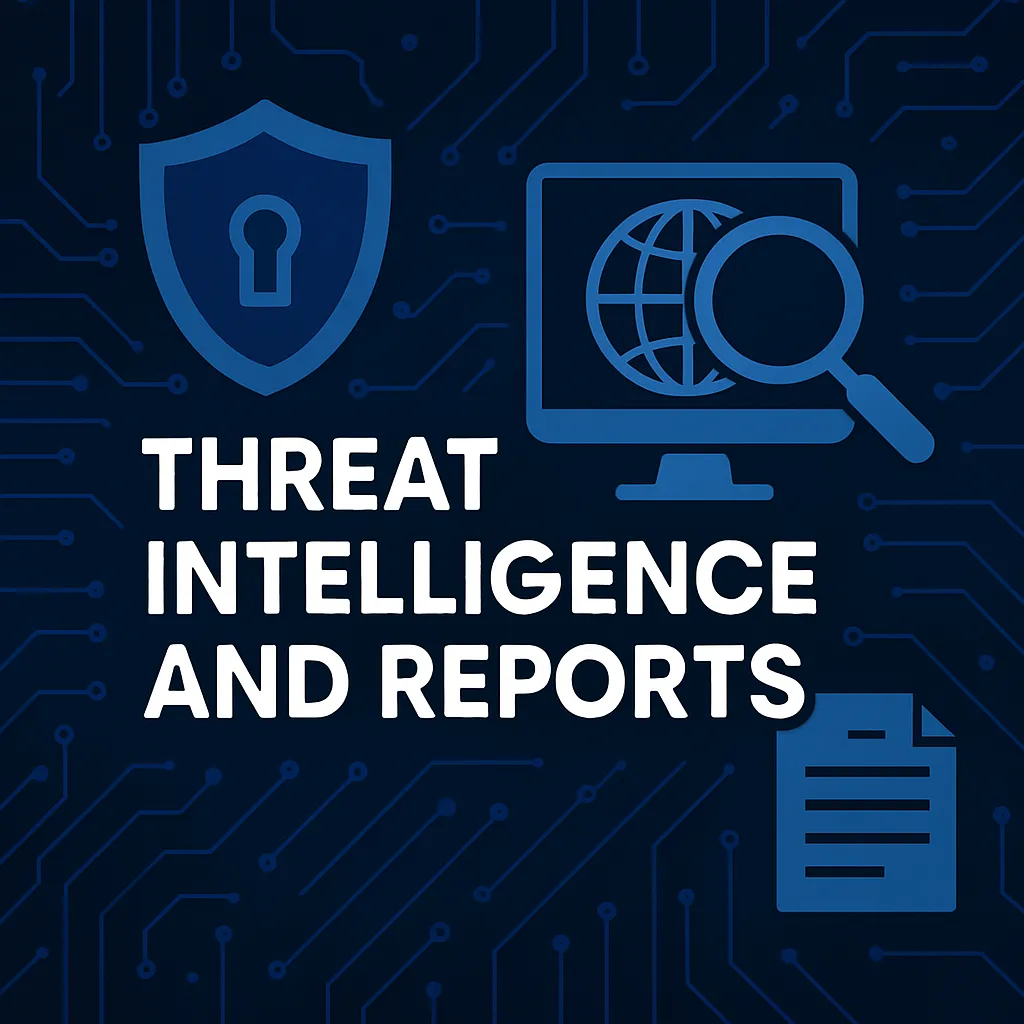The Evolving Landscape of Cyber Threats: Understanding Current Trends
Welcome to the intricate world of cybersecurity, where the digital age meets human ingenuity and sometimes, criminal intent. As we navigate through 2025, it's crucial to stay informed about the evolution of cyber threats, ranging from relentless ransomware attacks to geopolitically motivated cyber activities. This blog post delves into these pressing issues, offering insights into how you can bolster your defenses against these digital predators.
Rise of Ransomware Attacks
Despite numerous high-profile takedowns, ransomware continues to plague the cyber landscape, proving to be a formidable challenge for both individuals and corporations. Symantec Enterprise Blogs recently highlighted the resilience of ransomware, noting an uptick in attacks. Ransomware, a type of malicious software designed to block access to a computer system until a sum of money is paid, remains a top threat due to its lucrative returns for cybercriminals and its evolving sophistication.
State-Aligned Cyber Activities
Amidst the surge in cybercrimes, there's a significant rise in state-aligned cyber operations. According to the Google Threat Intelligence, there has been marked activity from Russia-aligned threat actors, focusing on disrupting key communication channels like Signal Messenger. This geopolitical dimension of cybersecurity showcases how cyber tactics are increasingly being incorporated into national security strategies.
Leveraging Cyber Threat Intelligence (CTI)
Building a robust cybersecurity posture requires more than just reactive measures; it involves proactive strategies like the integration of Cyber Threat Intelligence. As outlined by Cyber Threat Intelligence: Not for the Faint of Heart, CTI is a critical resource that necessitates substantial organizational maturity and investment. It empowers organizations by providing crucial insights into potential threats, thereby enhancing their defensive mechanisms.
Community-Driven Threat Intelligence
One innovative approach to threat intelligence is the community-driven model offered by platforms like CrowdSec. This model harnesses the power of crowd-sourcing to identify and mitigate threats more dynamically and economically. By sharing data about malicious activities, organizations can benefit from a collective defense, significantly reducing the incidence of attacks.
Conclusion
The landscape of cyber threats is constantly evolving, but so are the tools and strategies to combat them. From understanding the persistence of ransomware to recognizing the implications of state-aligned cyber activities, staying informed is your best defense. Employing advanced tools like Cyber Threat Intelligence and participating in community-driven security initiatives can significantly amplify your cybersecurity efforts. Stay vigilant, stay informed, and above all, stay secure.

